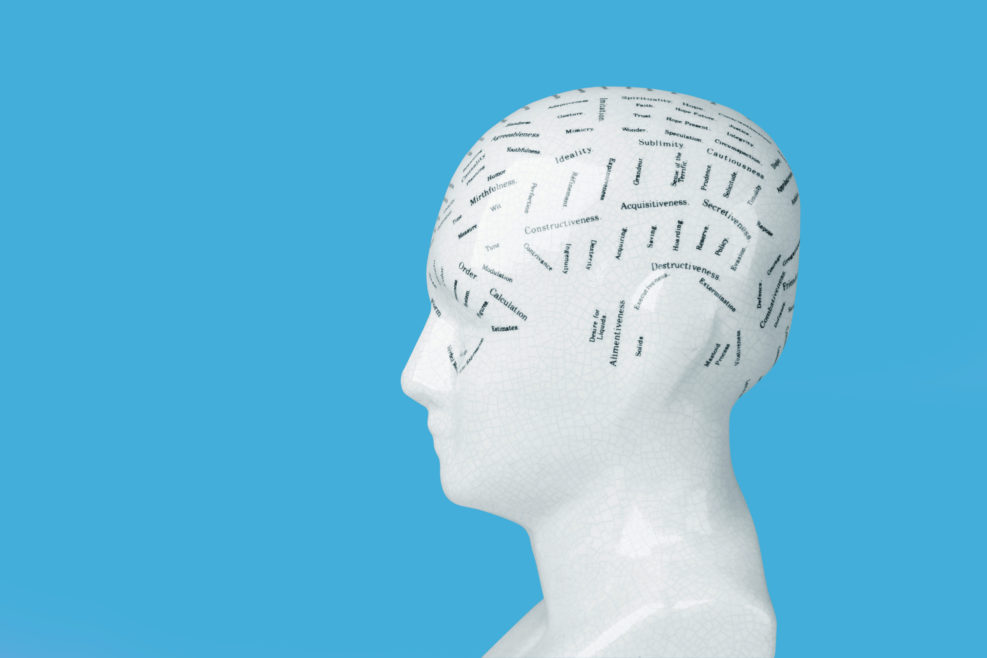
The Coolest Tech on the Planet (Hint: It’s Inside You!)
The intricate design of the living cell has left many materialists stumpedThese days, we surround ourselves with technology to stay in touch, to keep ourselves informed, and to manage the challenges of our daily lives. We also recognize in our devices and machines all the hallmarks of design, understanding reflexively that they express the ingenuity of engineers or software developers. Our appreciation for applied intelligence comes as second nature to us — we intuitively recognize the work of other minds. But what happens when we look up from our technology and survey the world of nature? When we look up at the movement of the planets, or into the eyes of our children, or when we peer through a microscope into a living cell? Do we see signs of minds in Read More ›


















